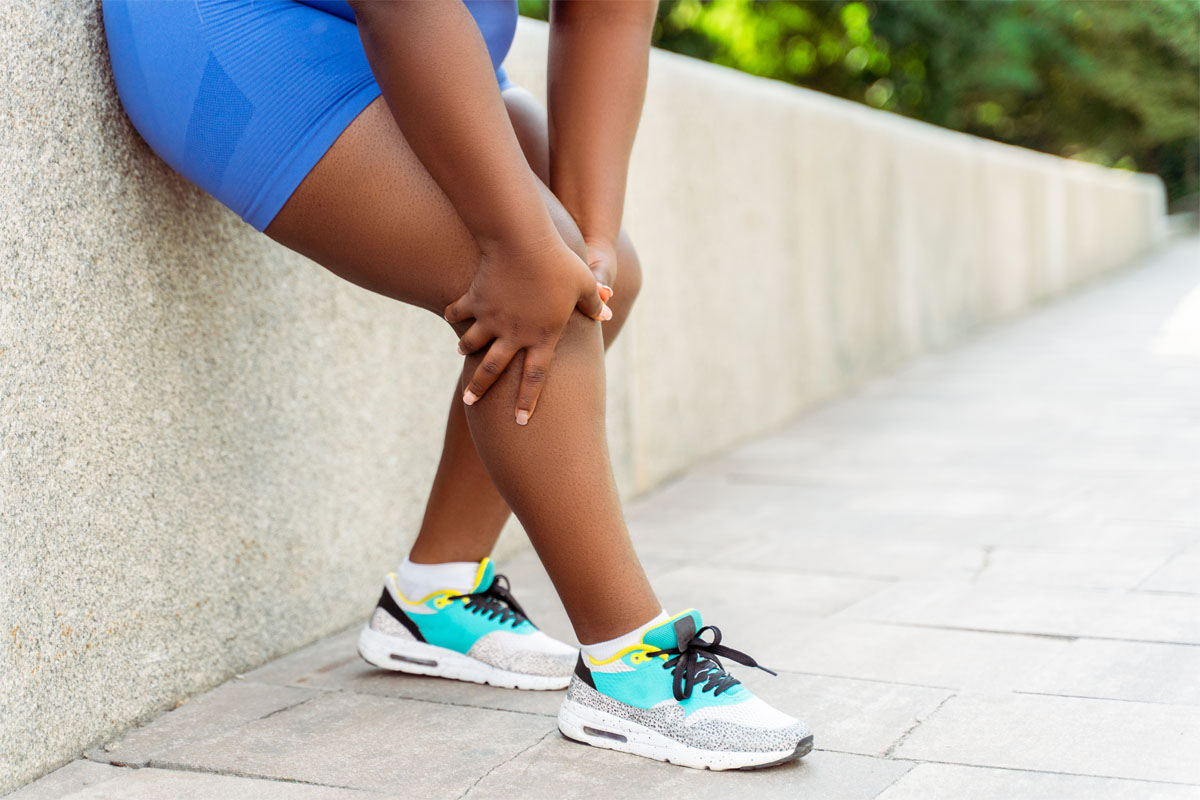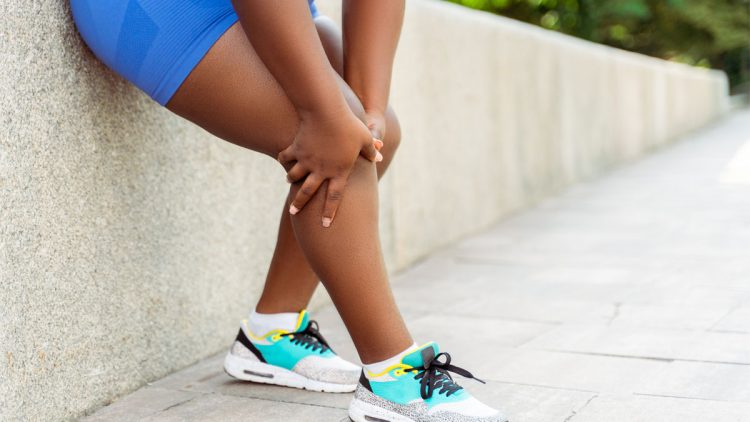What Are Shin Splints?

The wording “shin splints” is in reference to pain alongside your shin bone (tibia) — the large bones in the front of your lower legs. Shin splints are typical in people that run or dance and enlisted personnel.
Medically referred to as medial tibial stress syndrome, shin splints typically happen in athletes that have recently changed or intensified their training routines. The increased activity wears out the tendon’s, muscles, and bone tissue. A lot of cases of shin splints can receive treatment with rest, ice, and other self-help steps. Wearing correct footwear and adjusting your exercise routine can help hinder shin splints from happening again.
Symptoms of Shin Splints
When you have shin splints, you may feel soreness, inflammation, or pain along the inner sides of your shinbones and mild puffiness in your lower legs. In the beginning, the pain could stop when you stop your activity. At the end of the day, nevertheless, the pain can be continual and might develop into a hairline fracture or stress fracture.
Causes of Shin Splints
Shin splints are caused by continual stress on the shin bone and the ligaments that attach your muscles to the shin bone.
Risk factors
You are more at risk of shin splints if you:
- run a lot, especially one starting a running program
- abruptly increase the period, frequency or magnitude of exercise
- run on irregular terrain, like hills, or hard surfaces, like sidewalks
- are training for the military
- have high arches or flat feet
Prevention
To help the hinderance of shin splints:
- Examine your movements. A proper video examination of your running method can help to determine movement patterns that can lead to shin splints. In a lot of cases, a minimal modification in your running can help reduce your risk.
- Try not to overdo it. Too much running or other high-impact activities performed for a long time at an excessive intensity can overwork your shins.
- Find the right shoes. When you’re a runner, purchase new shoes about every three hundred to five hundred miles.
- Think about purchasing arch supports. Arch supports can assist in preventing the pain of shin splints, particularly when you have flat arches.
- Think about purchasing shock-absorbing insoles. They might decrease shin splint symptoms and prevent them from happening again.
- Decrease the impact. Cross-train with an activity that places less impact on your shins, like swimming, walking, or cycling. Don’t forget to begin new activities slowly. Advance time and intensity progressively.
- Integrate strength training into your workouts. Exercises to reinforce and steady your hips, legs, ankles, and core can help get your legs ready to handle high-impact activities.
Mobility Center In Mesa, Arizona
Mobility Center has been proudly serving the entire Phoenix, Arizona area since 1975 with the finest in mobility aids, scooters, wheel chairs, lifts and support equipment. Visit our convenient location to see the products and receive the individual attention that you deserve. Our service area includes Mesa, Apache Junction, Tempe, Chandler, Scottsdale, Phoenix, Glendale, Surprise, and Sun City. More Articles About Senior Living
- Best Walking Canes
- What Is a Rollator?
- 10 Common Mobility Scooter Problems
- Wheel Chairs Near Me
- Why Might An Older House Have More Safety Risks Than A New One?
- Types Of Mobility Aids
- How Much Does a Stair Lift Cost?
- Balance Exercises For Seniors
- 65 Quotes About Getting Older
- Elderly Home Safety Checklist
- The Best Places To Retire In Arizona
- Wheel Chairs For Sale In Phoenix, Arizona
- How Much Does A Wheelchair Cost?
- Top 5 Best Walkers For Seniors

